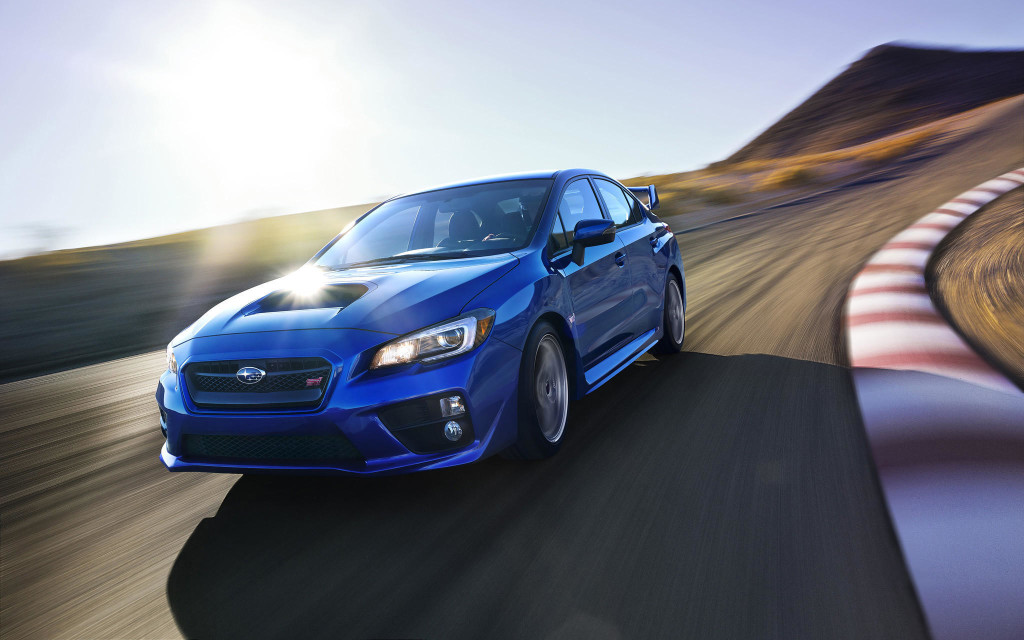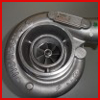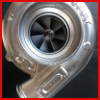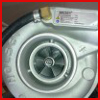How Does a Turbo Work?
This site contains affiliate links to products. We may receive a commission for purchases made through these links.
>>> Get The BEST PRICES on NEW and USED Turbochargers on eBay <<<
If you’ve ever seen any of the seemingly countless Hollywood movies about fast cars, or spent even just a few minutes around your car enthusiast friends, you’ve probably heard of a turbocharger. But for an auto part that has become so synonymous with high performance and speed, you might be surprised to find out just how many people don’t even have the first clue about how a turbo operates.
Don’t worry though; if you’ve wound up here trying to learn a little more about turbochargers yourself, you’re about to get a straight-forward, quick and easy introduction into the world of turbocharging. How does a turbo work? Sit back and get prepared to find out.
How Does a Turbo Work?
In the most basic sense, turbochargers are a type of forced air induction system. This means that they help push more air into your engine than a traditional, ‘naturally aspirated’ induction system would – a process which allows a greater amount of fuel to be combusted at a time. As a result, the engine is able to produce more power with each firing of a piston.
Side-by-side, two of the same engines – one with a turbocharger and one without – would perform quite differently. With the increased induction of oxygen, the turbocharged engine would generate significantly more horsepower than its turbo-free counterpart.
So just how does a turbo work? Well, first off, it starts by harnessed power from an engine’s exhaust flow. Instead of simply pumping emissions out into the atmosphere, a turbocharger harnesses the power of the exhaust air to power a small turbine which can spin at speeds well in excess of 125,000 rotations per second.
That turbine is connected via a metal shaft to a compressor which uses the energy generated to push additional air into the cylinders. As the engine runs harder and pumps out more exhaust, the compressor is able to generate more pressure.
At extreme speeds, turbochargers can generate a lot of heat. In order to operate at conditions that would cause typical metal bearings to fail, most turbos use an oil-based fluid bearing system to lubricate their moving parts and minimize friction.
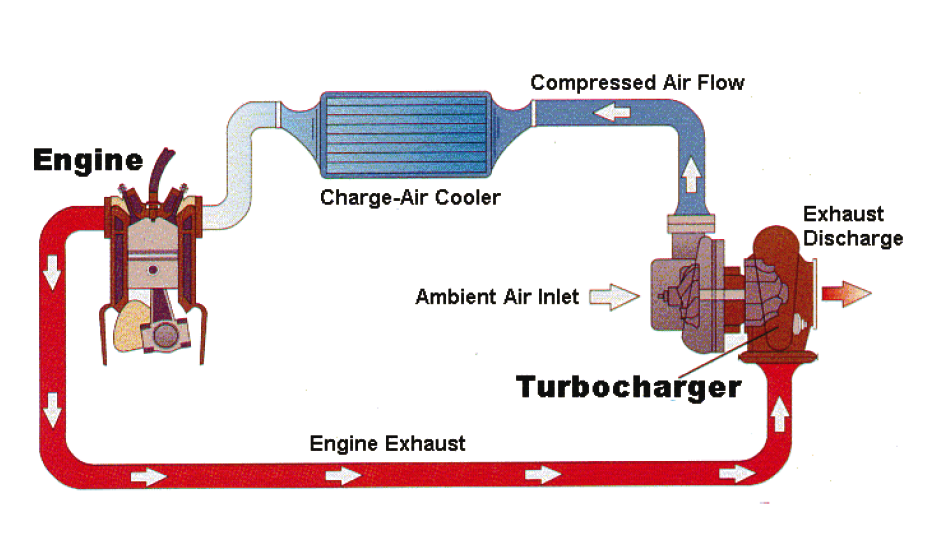 What Are the Downsides of Using a Turbo?
What Are the Downsides of Using a Turbo?
As I mentioned before, turbochargers can get really hot. This means that your engine and other vital parts of your vehicle will need to be serviced more often, including more frequent oil changes and spark plug replacements.
And while a turbocharged engine will generate more power than the same engine that’s naturally aspirated, they do use more fuel to do so. In most circumstances – and especially with high performance racing cars – adding a turbocharger is going to increase fuel consumption resulting in lower efficiency. How does a turbo work? Sometimes it seems like in the favor of the gas companies!
Then there’s the fact that adding a forced induction system means making an already complicated engine that much more complex. More parts means more things that can potentially break, leaving you with a greater risk for headache.
Is a Turbo Right for You?
At the end of the day, installing a turbocharger is one of the best bang-for-your-buck investments you can make for most vehicles. Although some top-of-the-line turbos can cost an arm and a leg, there are many lower-end and mid-tier brands that are extremely reasonably priced. Best of all, you likely don’t need to be a professional mechanic to install one – dependent on your specific engine, of course (it’s no secret that some can pose much more of a challenge than others).
If you’re ready to find out more about the different turbo models that are popular right now, do yourself a favor and browse through some of the most popular turbocharger reviews here on our site. And I bet that now if anyone were to ask you that same old question – how does a turbo work – you might finally have a good answer for them.
>>> Get The BEST PRICES on NEW and USED Turbochargers on eBay <<<


